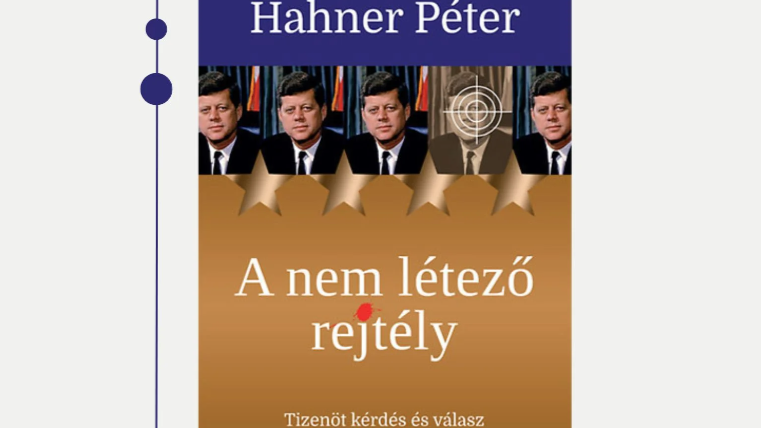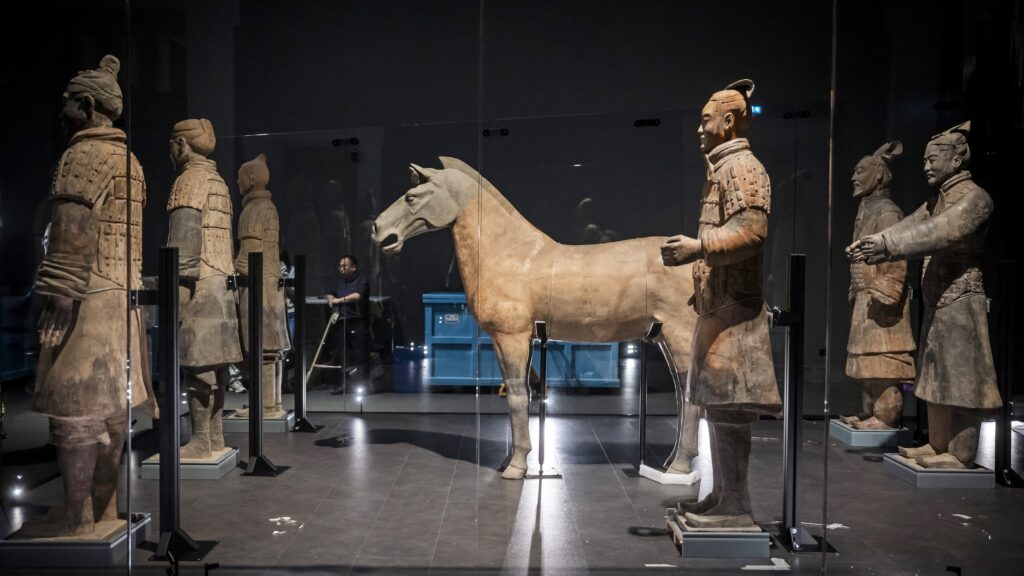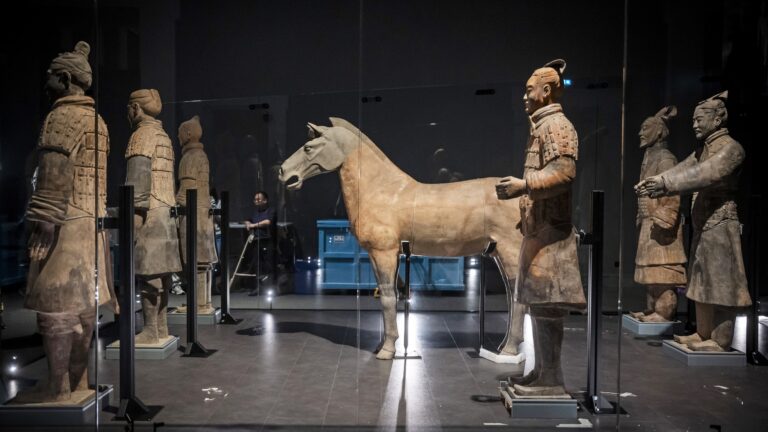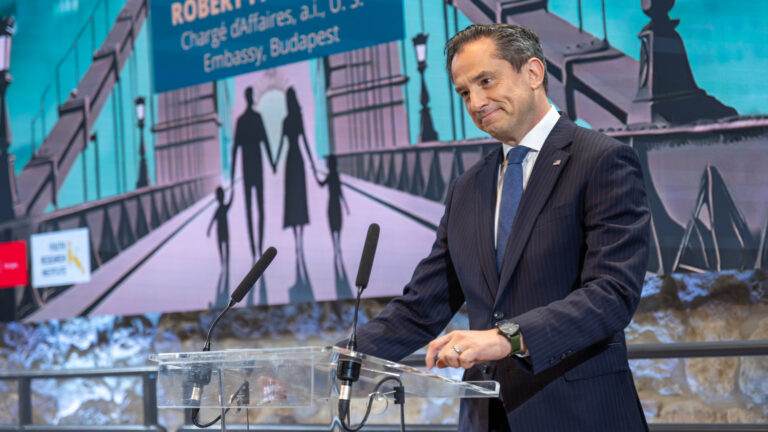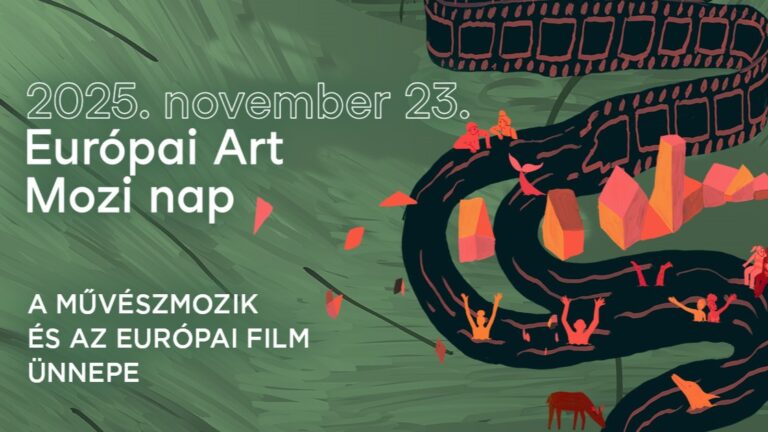The following is an adapted version of an article written by Mátyás Bíró, originally published in Hungarian in Magyar Krónika.
In its series about reading matters, this time Magyar Krónika recommends the 2013 work by well-known and popular Hungarian historian Péter Hahner on the Kennedy assassination, with a lesser-known Hungarian thread.
It is worth reading Hungarian historian Péter Hahner’s intriguing book, published 12 years ago, which deals with the most well-known conspiracy theories related to the Kennedy assassination on the occasion of its 50th anniversary (The Non-Existing Mystery — Fifteen Questions and Answers on the Kennedy Assassination), if only because President Trump signed an executive order on the release of secret files related to the assassination earlier this year. This has permanently consigned many popular conspiracy theories to the dustbin of history.
Péter Hahner presents the known facts and sources of the Kennedy assassination in an easy-to-read style, similar to his previous works on popular knowledge and dispelling historical misconceptions, based on facts. Those interested in history will particularly enjoy the introductory chapters, which cover political assassinations in world and American history, and then introduce the lives of John F Kennedy, his wife Jacqueline, the assassin Lee Harvey Oswald, and Oswald’s killer Jack Ruby. This information and the connections revealed help us form a well-founded opinion about the assassination.
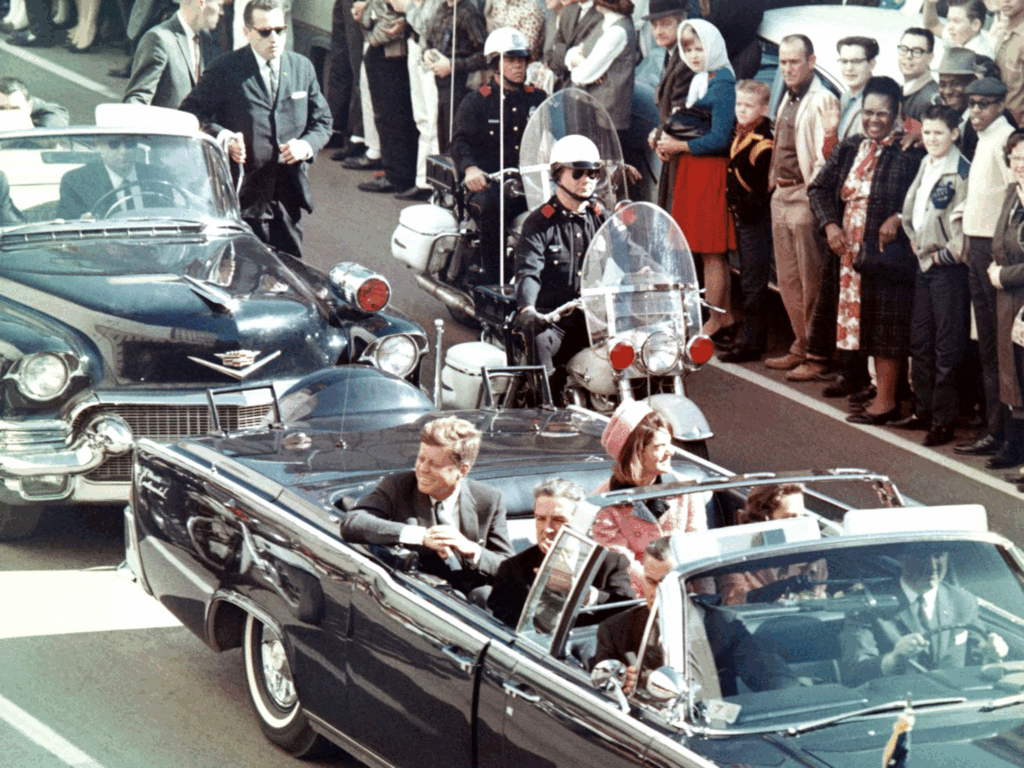
The author openly takes the position in the title of the book that there is no mystery here. He carefully goes through all the known conspiracy theories and places the events and claims in a historical context, and also refutes them. As he argues, when it became known that Oswald declared himself a Marxist, Americans were suspicious of the Russians and the Cubans for a long time. Therefore, the first more complex conspiracy theories were written by communist or far-left authors such as Thomas Buchanan or Mark Lane, with the aim of shifting suspicion to others, such as the mafia, the FBI, the CIA, or the leaders of the oil lobby.
‘The author openly takes the position in the title of the book that there is no mystery here’
The introduction reads the following: ‘There is no debate among American historians about who killed President John F Kennedy and why, just as Hungarian historians do not ask the question of which side was the winner in the battle of 29 August 1526. And if there were still a few “experts” who considered the soldiers of Louis II to be the winners, and their number was growing, perhaps we should believe that the truth lies somewhere in the middle, and that the Battle of Mohács was undecided?’ The author adds that, of course, there are many historical events about which we do not know the full truth; for example, we do not know what Alexander the Great died of, or where King Attila the Hun was buried. However, according to Hahner, the presidential assassination does not belong to these examples.
Reading the book, we find his position quite convincing. The Marxist Oswald’s psychopathic traits, his inferiority complex, his life story, and later the Warren Commission report investigating the assassination, all support the idea that Oswald committed his act as a lone madman. President Kennedy, the greatest enemy of his hero, Fidel Castro, passed in front of his workplace with his convoy on 22 November 1963, and Oswald simply took advantage of the situation.
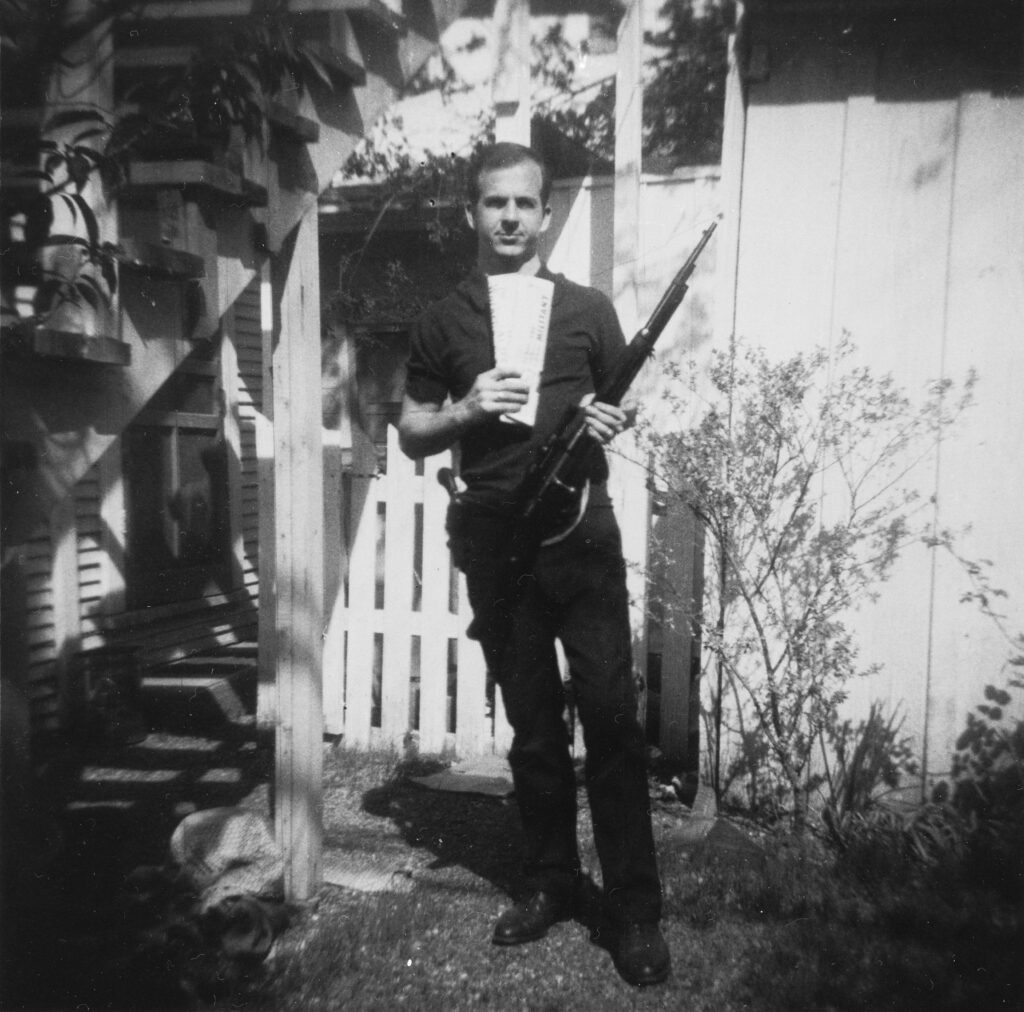
The Warren Commission, after ten months of work, interviewing 489 people, and using the 4,600-page Secret Service dispatch, prepared its 26-volume report, which reads: ‘The Commission found no evidence that Lee Harvey Oswald or Jack Ruby participated in any domestic or foreign conspiracy to kill President Kennedy.’
Péter Hahner also writes that 98 per cent of the Warren Commission documents were already made public in 1992. He knew in advance that the documents that had been uncovered would not contain any significant new information regarding the Kennedy assassination.
The book also mentions the publication in 2007 of a work by former New York prosecutor Vincent Bugliosi titled Reclaiming History, which convincingly proved Oswald’s guilt and the baselessness of conspiracy theories. In the volume, the author collected the names of 214 (!) suspects whose names have come up in some form in connection with the case over the past decades. Among them are people such as the Nazi Martin Bormann, George Bush Sr, Richard Nixon, Fidel Castro, Khrushchev, and J Edgar Hoover, the head of the FBI.
It is interesting from a Hungarian perspective that Ferenc Nagy, who was the prime minister of our country between February 1946 and March 1947, is also on the list.
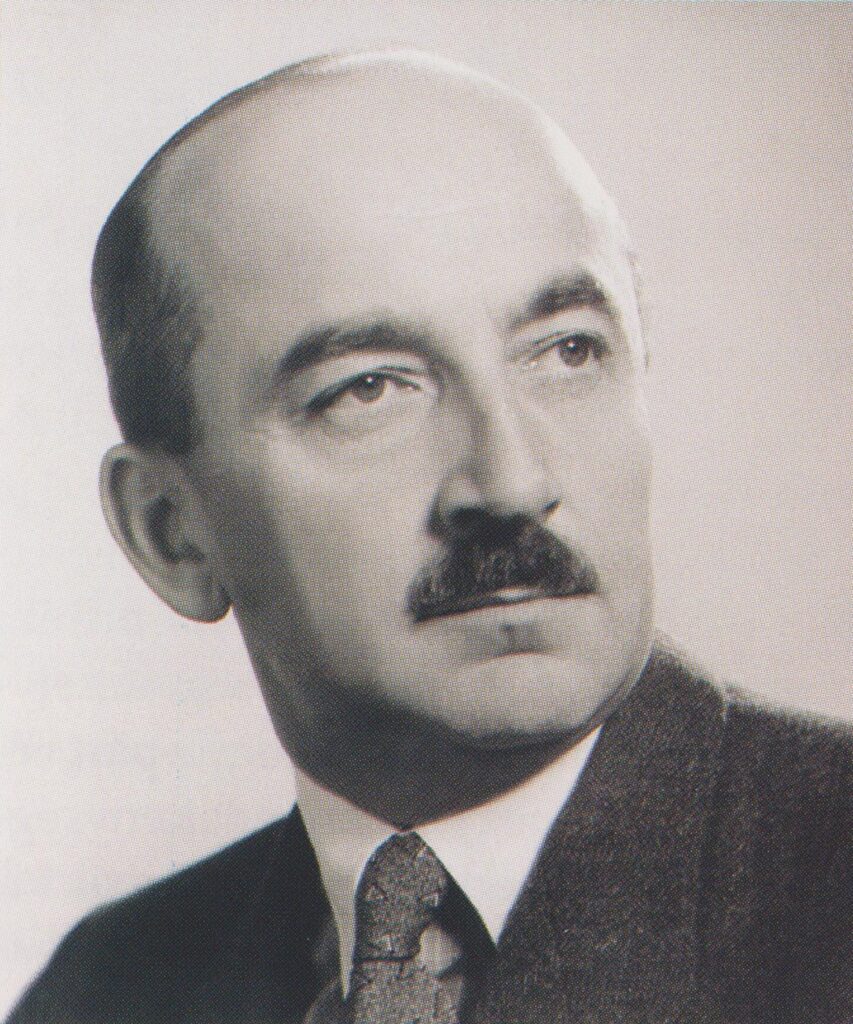
In 1967 New Orleans District Attorney Jim Garrison indicted Clay Shaw, an American businessman, former military officer, and CIA contact, for Kennedy’s assassination, but the charges were eventually dropped. Shaw gave an interview to Penthouse magazine in which he said that around 1960, a young Italian man approached him in New Orleans and asked him to be a member of the board of directors of a planned world trade centre in Rome.
‘I looked into it, and it turned out that the head of the programme was a man named Imre Nagy, who was the last non-communist prime minister of Hungary,’ Shaw said. Of course, he confused him with Ferenc Nagy, but what does that have to do with the Kennedy assassination? The only thing, writes Hahner, is that Ferenc Nagy announced the plan to build a world trade centre in Rome at a press conference in October 1958, in which a Swiss company called Permindex was also involved. The centre was eventually not built, but a daily newspaper close to the Italian Communist Party wrote in 1967 that the centre designed by Permindex would have been the CIA’s Italian front.
Thus, when Clay Shaw was indicted in 1967 for the Kennedy assassination, the American newspapers questioned him about Permindex, and in his statements at the time, he also mentioned the former Hungarian prime minister, confusing the names of two Hungarian leaders.
Related articles:
Click here to read the original article.

